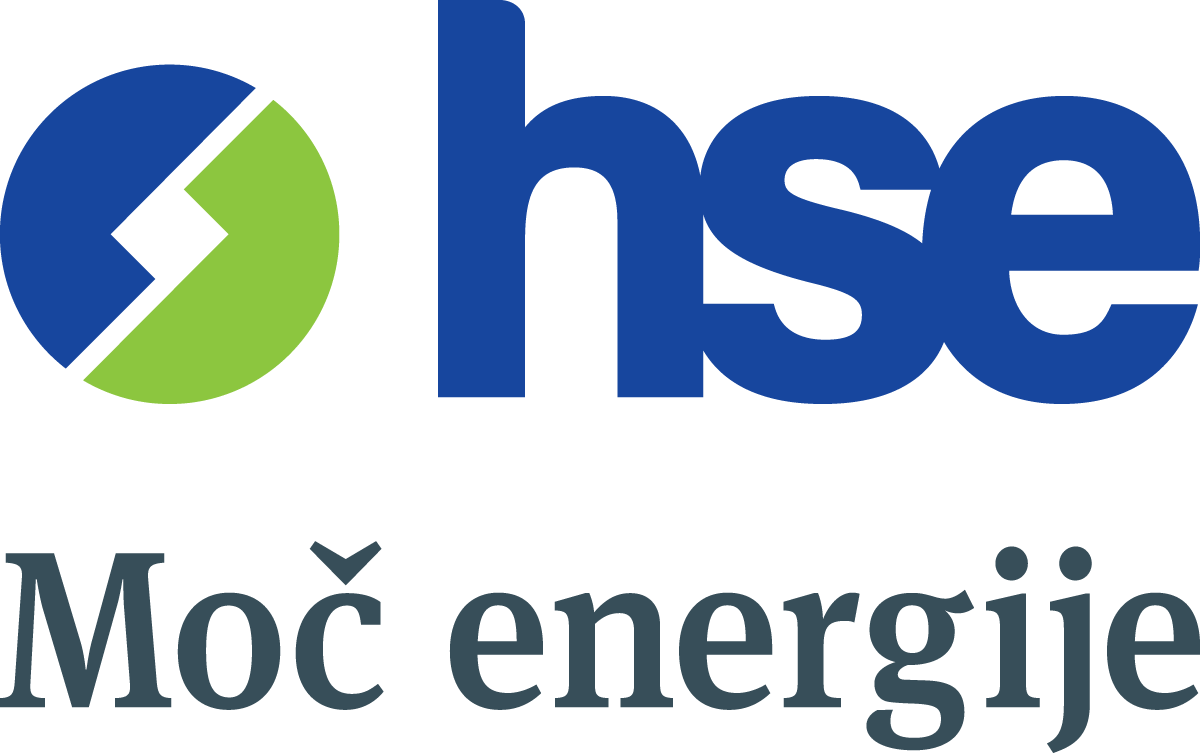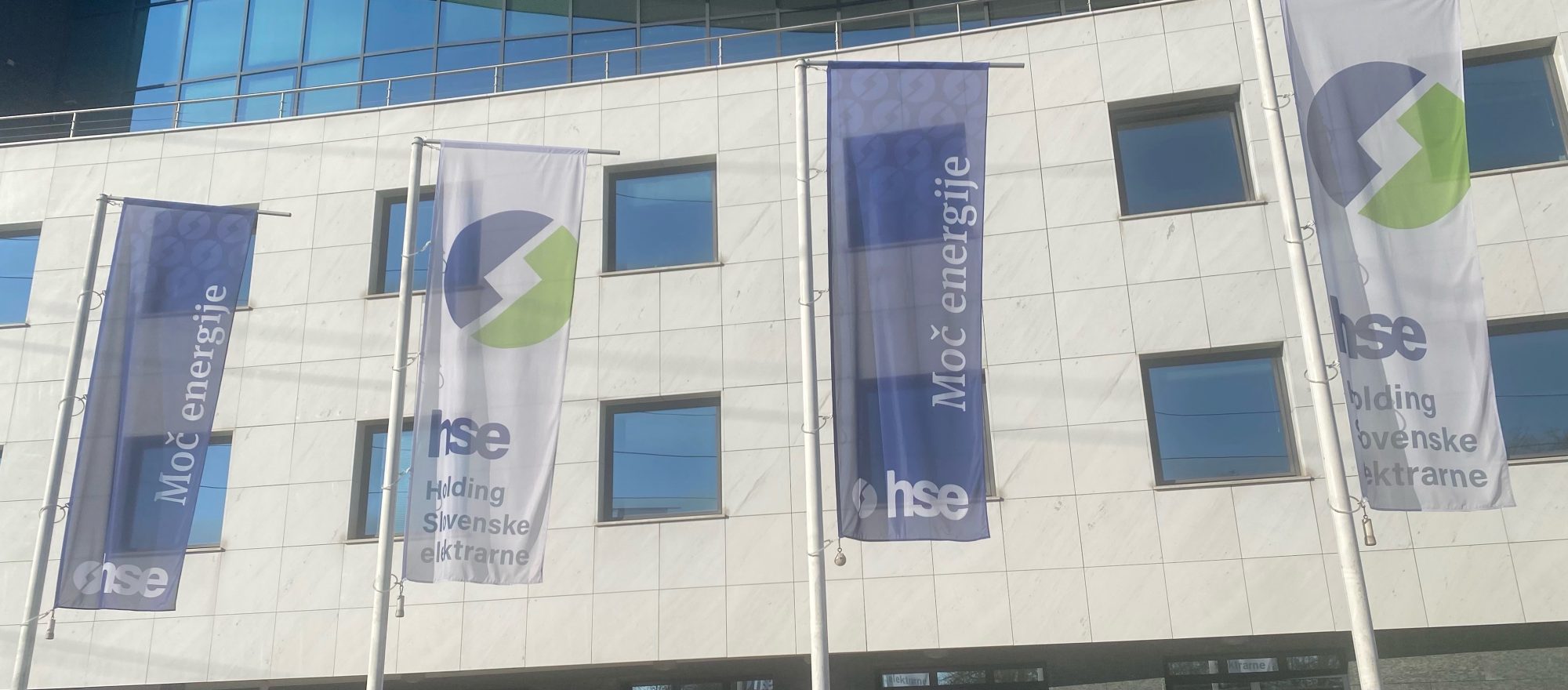The most senior state representatives, including the prime minister of the Republic of Slovenia and the Minister of Infrastructure, as well as representatives of power companies, members of the HSE group, local communities and other invitees gathered in the premises of the so-called “old engine room” to mark the 100th anniversary of the operation of the oldest major and still operating hydro power plant in Slovenia – the Fala Hydro Power Plant.
The Drava River, which is the home to eight hydro power plants operated by the company Dravske elektrarne Maribor, which provide more than a quarter of the electricity in Slovenia, used to be very different – quick and torrential. Rafting developed on the river in the 13th century, and the practice continued until the mid-20th century, more precisely April 1941, when it was stopped by the Second World War. Between the two World Wars, the river was a major rafting transport route in the Drava and Danube basins and further on towards the Black Sea.
On 28 September 1912, a concession was awarded to the engineering company Albert Buss of Graz, owned by Karl Scherbaum, and to a machine factory in Leobersdorf near Vienna, and in 1913, when the legal successor of the concessionaires, the company Steiermärkische Elektrizität-Gesellschaft (StEG for short) from Graz, joined the project, the construction of the power plant started. Because of the importance of the aforementioned practice of rafting on the Drava River, the builders were instructed that the rafts must be allowed to pass the power plant, which is why a raft lock was constructed along with a fish ladder. While the Fala was the only power plant on the Drava River, up to twenty rafts carrying 90 to 100 cubic metres of timber were travelling down the river daily between the spring and early autumn.
Building such a facility was a great engineering achievement, which is why Swiss companies, which had the most experience in hydro power plant construction, were entrusted with the design and management of the project. The builder – the company StEG – secured the necessary capital from Swiss banks, while a majority of the installed equipment was also produced in Switzerland.
Although construction started in 1913, it was halted at the beginning of 1915 due to the First World War. It was resumed in the autumn of the same year, as there was a great need for electricity for military production in the nitrogen plant in Ruše. Prisoners of war from Russia and Italy were used as the labour force for the construction.
On 6 May 1918, the first three generators were launched, followed by the fourth on 9 May and the fifth on 23 May. The power plant, which was originally designed to power the industrial basin of the Central Styria with Graz as its centre, with the original plans being thwarted by the breakdown of the Austro-Hungarian Empire and new state borders, thus produced its first kilowatt hours of electricity on the Drava River just before the end of the First World War to pave the way for all subsequent power plants on the river. The sixth generator was launched in 1925 and the seventh in 1931.
In the period between the two World Wars, the Fala Hydro Power Plant had a great national and economic importance, as it facilitated the industrialisation of the Maribor area, while also supplying electricity to a greater area, all the way to Prekmurje and the Croatian region of Zagorje. Even during the Second World War, the power plant operated regularly and, together with the power supply network and the Velenje and Trbovlje thermal power plants, it was confiscated and merged with the company EVSÜD, which was established by the occupying forces and seated in Maribor.
After the liberation, the hydro power plant was nationalised and included in the emerging power system in Slovenia, which was created with the construction of a 110-kilovolt network. In later years, the power plant changed its legal form several times – it was a part of a joint company and an independent company – to be again merged in 1961 into Dravske elektrarna Maribor, as part of which it still operates today.
The installation of the eighth generator in the first sluice began in 1974 and it started operating three years later. An overhaul of the power plant, the construction of a new engine room and procedures to install the ninth and tenth generators in the raft lock and fish ladder started in 1986. Generators one to three were decommissioned in 1990, followed by generators four and five a year later. Generators nine and ten started operating in the same year.
After active production in the old engine room was abandoned and the oldest generators were decommissioned, the situation provided opportunities for a different use. Dravske elektrarne Maribor decided to present the history of the facility in the historical part of the power plant and arrange a room that will serve as a museum. The overhaul allowed for the preservation and presentation of one of the most important monuments to architectural heritage in Slovenia in the 20th century.
Already in 1986, the Fala Hydro Power Plant had been declared a technical monument of local importance for its technical and architectural features, while in 2008 it was declared a cultural monument of national importance by government decree.
The oldest hydro power plant on the Slovenian part of the Drava River operates with three generators. Following the overhaul it is remotely-operated and is one of the most advanced hydro power plants in the country, producing around 260 GWh of electricity a year. During its entire history it has produced almost 19,400 GWh of electricity, which equals around a year and a half of the entire current electricity consumption in Slovenia.
The prime minister of the Republic of Slovenia, Miro Cerar, said at the ceremony: “Today we take for granted that we can enjoy an undisturbed supply of electricity. But it is only 130 years since the first light bulb in Slovenia was lit and we started to establish the foundations of the modern power supply system in Slovenia. The Fala Hydro Power Plant is one of the first and oldest power plants in Slovenia. As I was reading about the Fala Hydro Power Plant, what stuck in my mind is the interesting fact that its construction took place almost entirely during the maelstrom of the First World War. Construction in such a demanding period is the proof of how important electricity already was in those times. Today, electricity supply reliability is a key condition for the provision of services which enable functionality and life in modern society. Without electricity, life as we know it is practically impossible. The Fala Hydro Power Plant still plays an important role in the power supply of this region. The 100th anniversary of its operation is a special recognition for all who worked in the power plant and used their knowledge and commitment to make sure that it functions smoothly, while also passing their knowledge to future generations. After all, its historical value makes the Fala Hydro Power Plant an important facility information- and education-wise. This is why I am particularly happy that the Fala Power Plant Museum has been declared a cultural monument of national importance. Your retired employees took over the management of the museum. They feel that this role is their mission, commitment and affiliation to the company and the energy sector as a whole. I will take this opportunity to express my gratitude for what they are doing. My sincere congratulations to all of you and may the Fala Hydro Power Plant operate successfully for another 100 years.”
Director General of Holding Slovenske elektrarne Matjaž Marovt: “The decision to build the Fala Hydro Power Plant one hundred years ago was a brave and far-sighted act of our predecessors. They dared to build a power plant during the times when people were barely getting used to light bulbs and lighting. What our predecessors did back then is a good example for the present time. Today we consume more electricity than we produce in our power plants, while we don’t dare to make a decision to build new power plants of which our descendants would be proud in one hundred years, like we are proud of the Fala Hydro Power Plant today.”
Jurij Lep, the mayor of the Selnica ob Dravi Municipality, said that “We as a local community are proud of the historical facts, as the construction of the power plant greatly influenced the development of our area. Without it, we would certainly find it harder to advance and develop our municipality. Many people moved here because of job opportunities, factories and apartments were built, and many found a permanent home in this area and started their families. It is therefore right that the Selnica ob Dravi Municipality marks 23 May as its holiday. On this day we always remember the year 1918, when the first light bulb powered by the electricity produced in the Fala Hydro Power Plant was lit in our area.”
Andrej Tumpej, the director of Dravske elektrarne Maribor stressed that “There is no production facility in Slovenia at the moment which carries such a weight as the Fala Power Plant bore at the beginning of its operation. It still carries it today, as it still contributes around ten percent of the total electricity produced by the company”, and added that he was convinced “That we are not celebrating its last major anniversary today”.
Additional information: Majna Šilih, head of Public Relations Department of DEM; [email protected]








